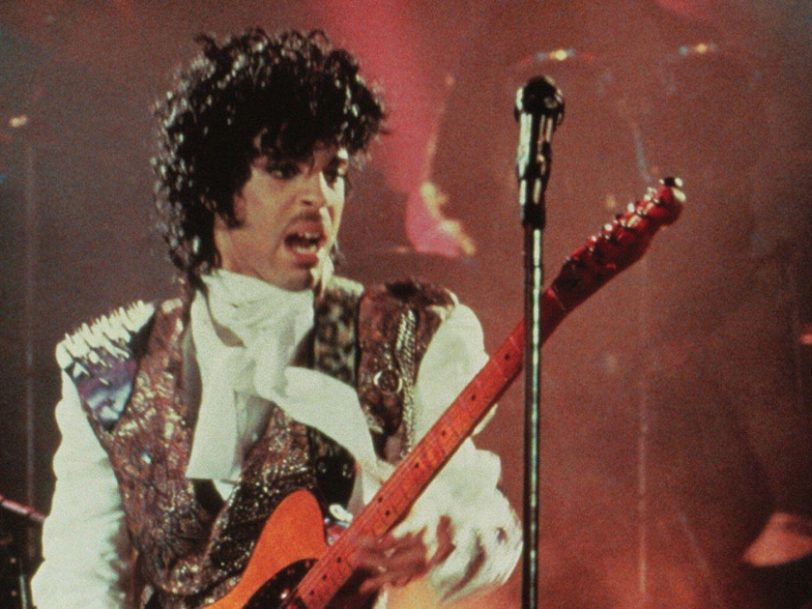“Dearly beloved, we are gathered here today to get through this thing called life.” Opening both the Purple Rain album and movie, these were the first words many Prince fans would hear him say. Pointedly placed as an introduction, the song was a clear statement of intent from a man about to catapult himself to fame in the summer of 1984. It also made clear that Prince had broadened his world view since exhorting listeners to party in the face of the apocalypse with 1999.
Sure, inciting fans to “go crazy” while reminding them “we’re all gonna die” picked up directly from where 1999 left off, but a more cryptic refusal to “let de-elevator bring us down” contained his new song’s deeper message. With its opening organ part creating a sermon-like atmosphere, Let’s Go Crazy smuggled Prince’s quest for salvation into a five-minute pop-rock manifesto whose thematic resolution would be delivered when the Purple Rain song brought its parent album to a close. And it was recorded in just a couple of takes in a warehouse in Minnesota.
Listen to the best of Prince here.
“The more we played it, the more it developed into a sparkly, tough song”
Prince had taught Let’s Go Crazy to his band, soon to be christened The Revolution, in the summer of 1983, honing it across rehearsals until it was ready to open his landmark 3 August 1983 concert at Minneapolis’ First Avenue club. But while Prince would debut much of the Purple Rain album at that show – using the live recordings as the basis for the record’s closing trio of songs, I Would Die 4 U, Baby I’m A Star and Purple Rain – he hadn’t quite captured Let’s Go Crazy as he’d intended.
Four days later, back in rehearsal in a converted warehouse in St Louis Park, Prince and his group nailed it “top to bottom” in just one or two takes, as his then studio engineer, Susan Rogers, told this author for the book Lives Of The Musicians: Prince. Having drilled the song for months, from its churchy intro to its bluesy show-tune outro – with drummer Bobby “Z” Rivkin using electronic drum pads to trigger two sets of Linn LM-1 drum machines – Let’s Go Crazy had undergone a revolution of its own after Prince and his band finished with it.




